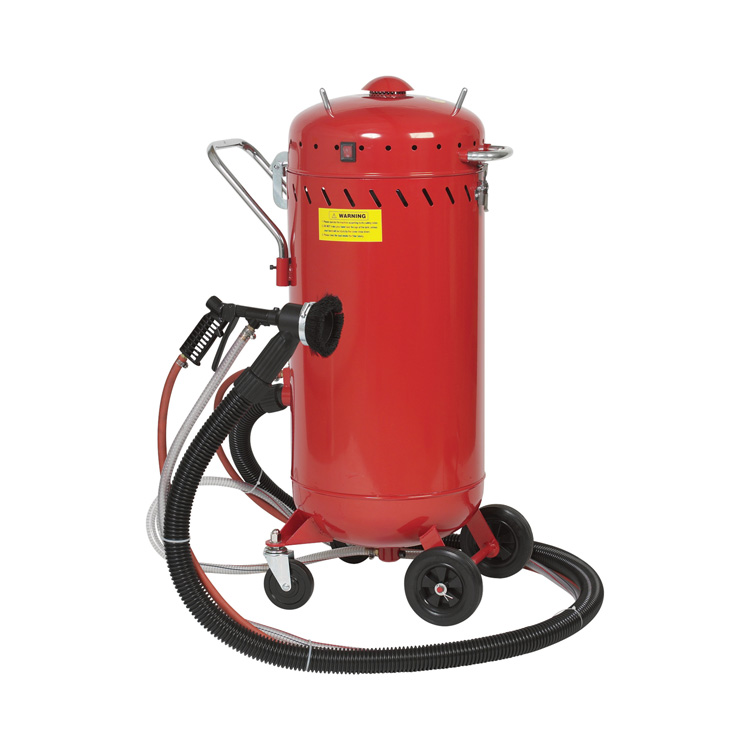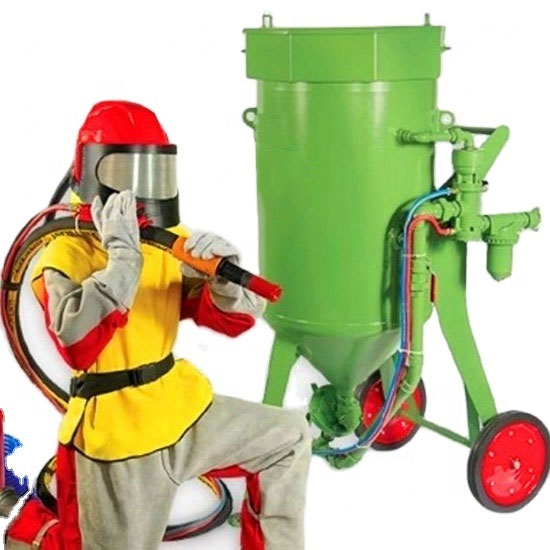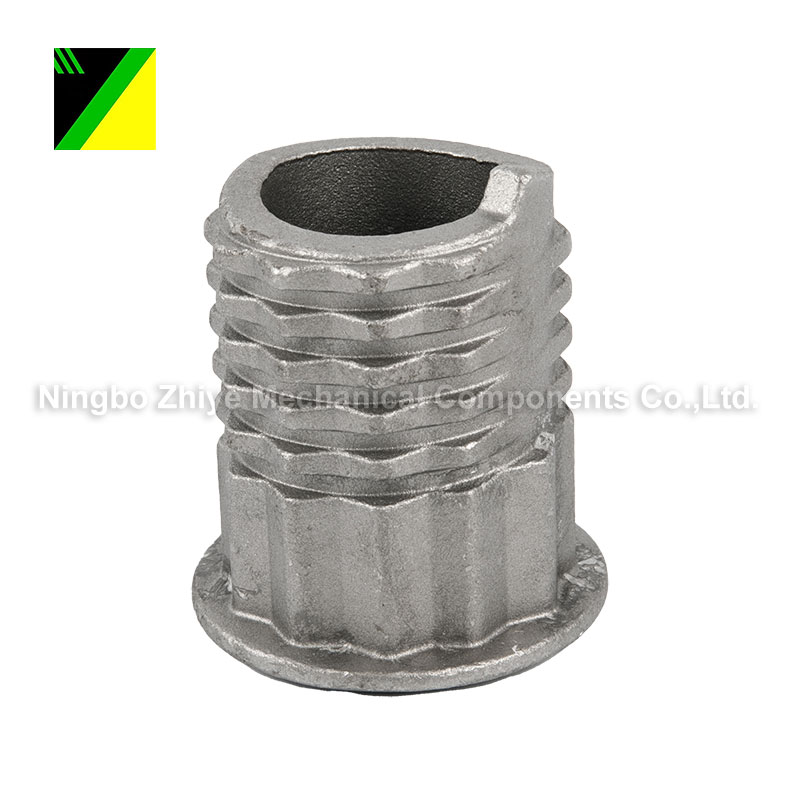Sandblasting Machine
A sandblasting machine, also known as an abrasive blasting machine or sandblaster, is a specialized piece of equipment used for the process of abrasive blasting. Abrasive blasting involves the propulsion of abrasive materials, such as sand, steel shot, or grit, at high velocities onto a surface to c......
Send Inquiry
Product Description
A sandblasting machine, also known as an abrasive blasting machine or sandblaster, is a specialized piece of equipment used for the process of abrasive blasting. Abrasive blasting involves the propulsion of abrasive materials, such as sand, steel shot, or grit, at high velocities onto a surface to clean, prepare, roughen, or finish it. Sandblasting machines are widely used in various industries for tasks such as surface cleaning, paint removal, rust removal, surface texturing, and finishing. Here are key features and components of a typical sandblasting machine:
Key Features:
1. Abrasive Material Propulsion: Sandblasting machines use compressed air or other pressurized gases to propel abrasive media, such as sand, toward the target surface.
2. Abrasive Media Hopper: The machine typically has a hopper or container that holds the abrasive media. This media is then fed into the blasting nozzle, where it is mixed with compressed air before being propelled onto the surface.
3. Blasting Nozzle: The blasting nozzle is a critical component that controls the direction and velocity of the abrasive stream. Different nozzles may be used for specific applications.
4. Compressed Air Source: A source of compressed air is required to create the high-velocity stream of abrasive media. The air pressure can be adjusted to control the intensity of the blasting process.
5. Dust Collection System: To capture and control airborne dust and contaminants generated during the blasting process, sandblasting machines are equipped with dust collection systems. These systems typically include filters and exhaust fans.
6. Blasting Cabinet or Enclosure: Many sandblasting machines are designed with a cabinet or enclosed workspace to contain the blasting process, preventing abrasive media and dust from escaping into the surrounding environment.
7. Lighting: Adequate lighting is provided within the blasting cabinet or enclosure to ensure visibility during the blasting process.
8. Gloves and Operator Safety Equipment: For operator safety, sandblasting machines are often equipped with gloves or arm openings that allow operators to manipulate the workpiece or nozzle while remaining protected from abrasive media.
9. Control Panel: A control panel allows operators to adjust and monitor key parameters, such as air pressure, abrasive flow rate, and blasting time, to achieve the desired surface finish.
Components:
1. Pressure Pot: Some sandblasting machines use a pressure pot or vessel to store and pressurize the abrasive media before it is fed into the blasting nozzle. This provides a consistent flow of media.
2. Siphon Feed System: In siphon feed systems, the abrasive media is drawn into the airflow by the venturi effect, creating a mixture that is propelled through the nozzle.
3. Cabinet or Enclosure: Sandblasting cabinets or enclosures vary in size and design, depending on the application. They may have viewing windows, access doors, and built-in glove ports.
Applications:
1. Surface Preparation: Sandblasting machines are commonly used for preparing surfaces before painting, coating, or welding. They remove rust, old paint, scale, and contaminants from various surfaces, including metal, concrete, and wood.
2. Cleaning and Restoration: Sandblasting is used in the cleaning and restoration of a wide range of objects, including automotive parts, industrial equipment, historical monuments, and sculptures.
3. Deburring and Descaling: Sandblasting can effectively remove burrs and sharp edges from metal parts and components, improving their safety and functionality.
4. Texturing and Surface Finishing: Sandblasting is employed to create textured surfaces on materials such as glass, metal, and stone. It can also be used to achieve specific surface finishes, such as matte or satin.
5. Coating Removal: Sandblasting is used to strip coatings, paints, and finishes from surfaces in a variety of applications, including aircraft maintenance and ship hull cleaning.
6. Concrete Surface Preparation: Sandblasting is used to prepare concrete surfaces for resurfacing or the application of coatings, such as epoxy.
7. Aircraft and Aerospace Industry: Sandblasting is used for cleaning and preparing aircraft components and surfaces, including engine parts and landing gear.
8. Marine and Shipbuilding: Sandblasting is employed to clean and prepare ship hulls and marine equipment for painting and maintenance.
Sandblasting machines come in various sizes and configurations, making them suitable for a wide range of applications. The choice of machine depends on the specific requirements of the task, workpiece size, and desired surface finish.










